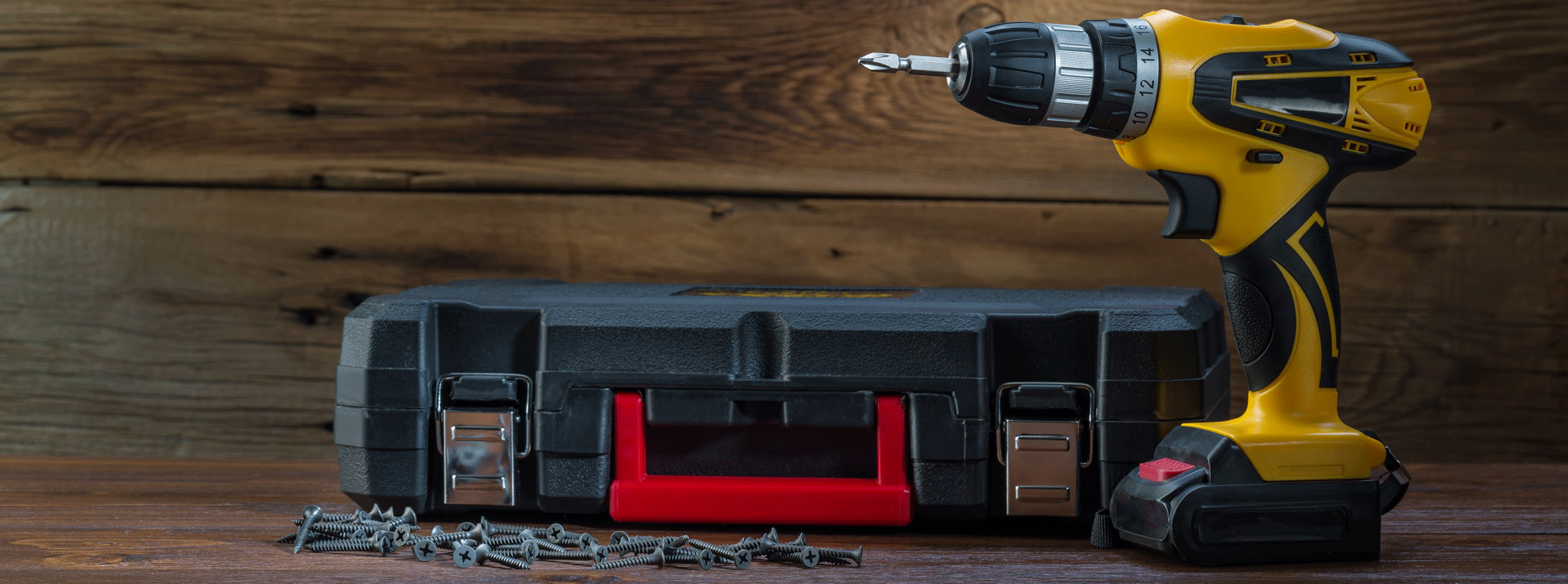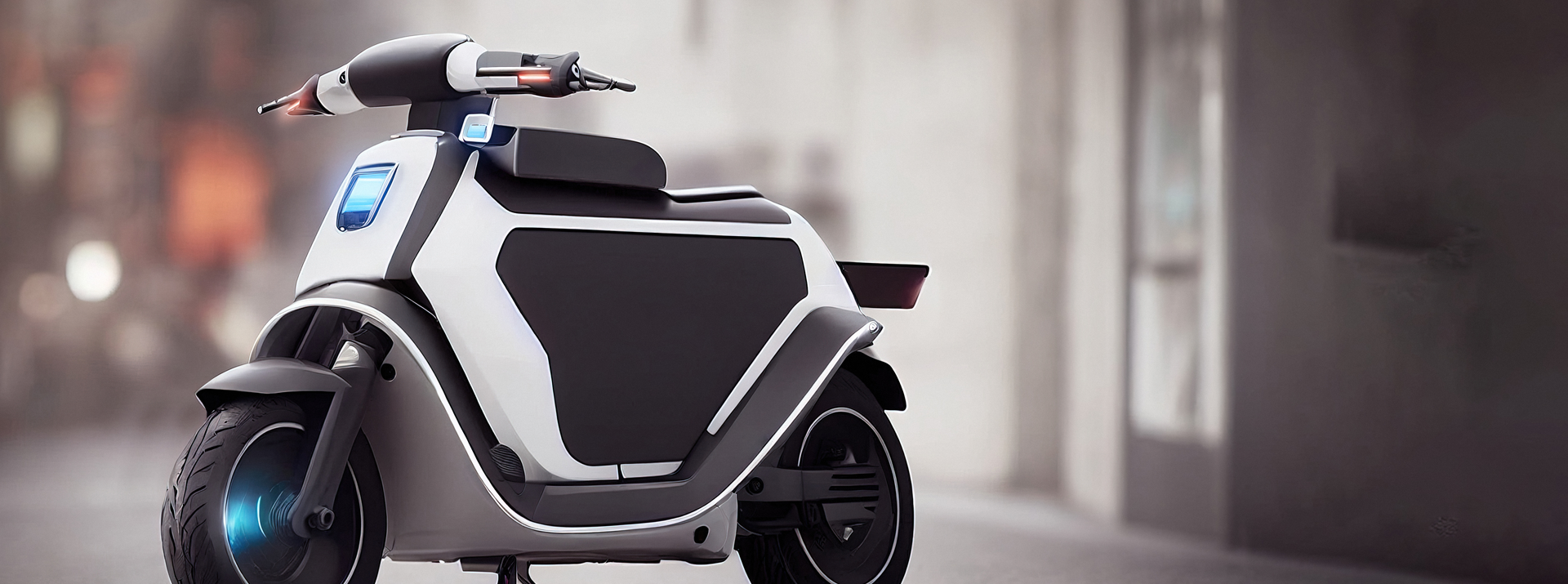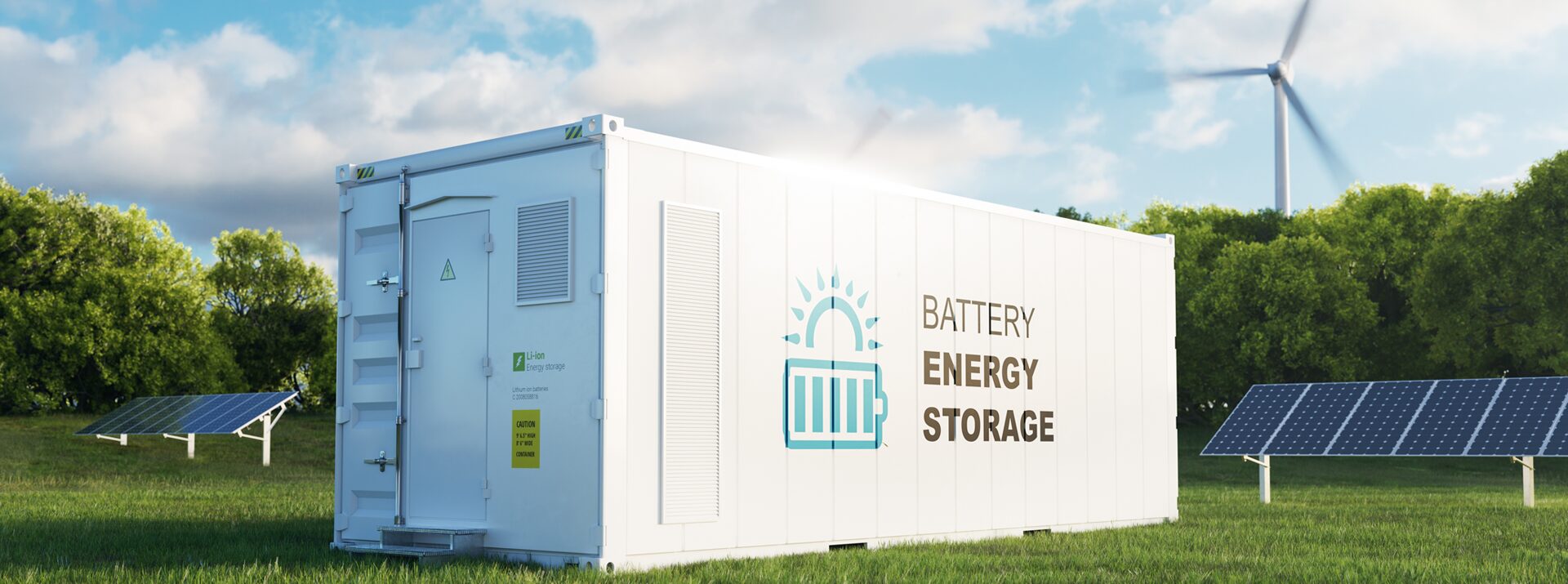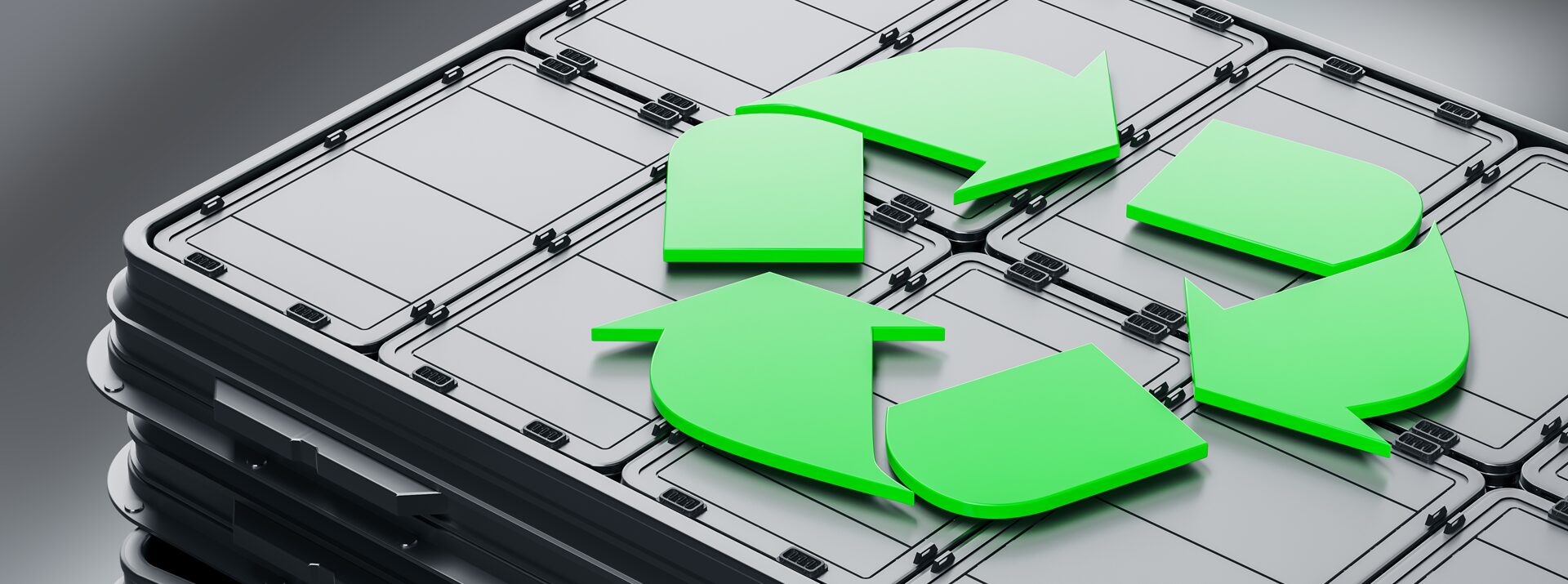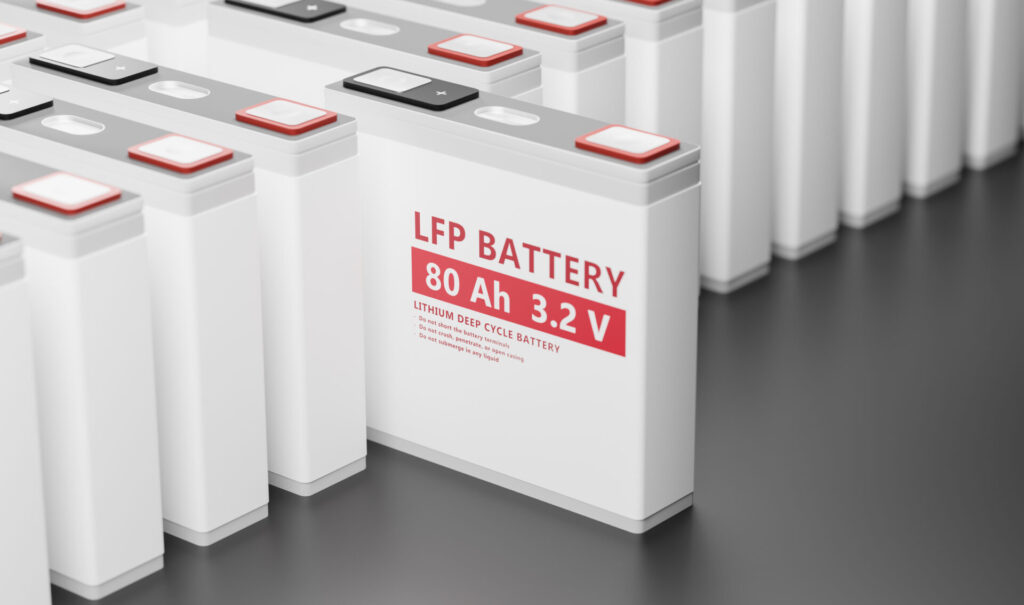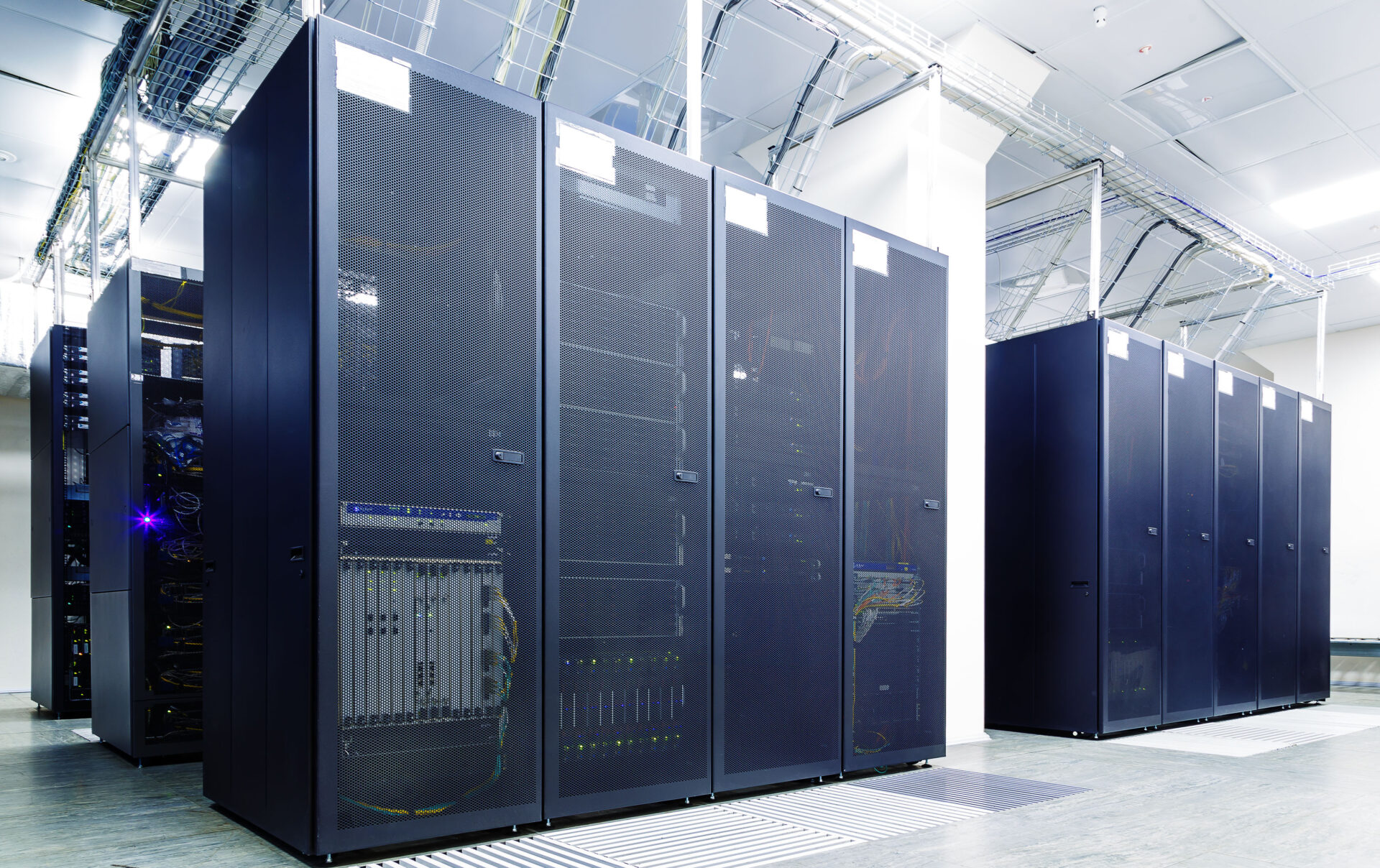
- Electronic Components
The future of drones and high-performance batteries
目次
- 1. Where the word ‘drone’ comes from
- 2. The growth of drones
- 3. Progress Challenges for Drone Technology
- 4. What is a Battery for Drone ?
- 5. How Long Do Drone Batteries Last?
- 6. How Higher Battery Voltage Extends Drone Flight Time
- 7. What is the Longest Lasting Battery for drone?
- 8. How to Make a Drone with a Long Battery Life
- 9. Last-mile delivery drones
- 10. Key Challenges of Batteries for drone: Safety, Performance, and Longevity
- 11. Higher battery voltages for longer flight times
- 12. The Importance of High-Voltage Secondary Protection Fuses in Next-Generation Drones
Where the word ‘drone’ comes from
When you hear the word “drone”, you probably think of a remote controlled aircraft with propellers (rotor blades). However, all aircrafts regardless of size that fly without a pilot and can be operated remotely are referred to as an unmanned aerial vehicle (UAV), commonly known as a drone.
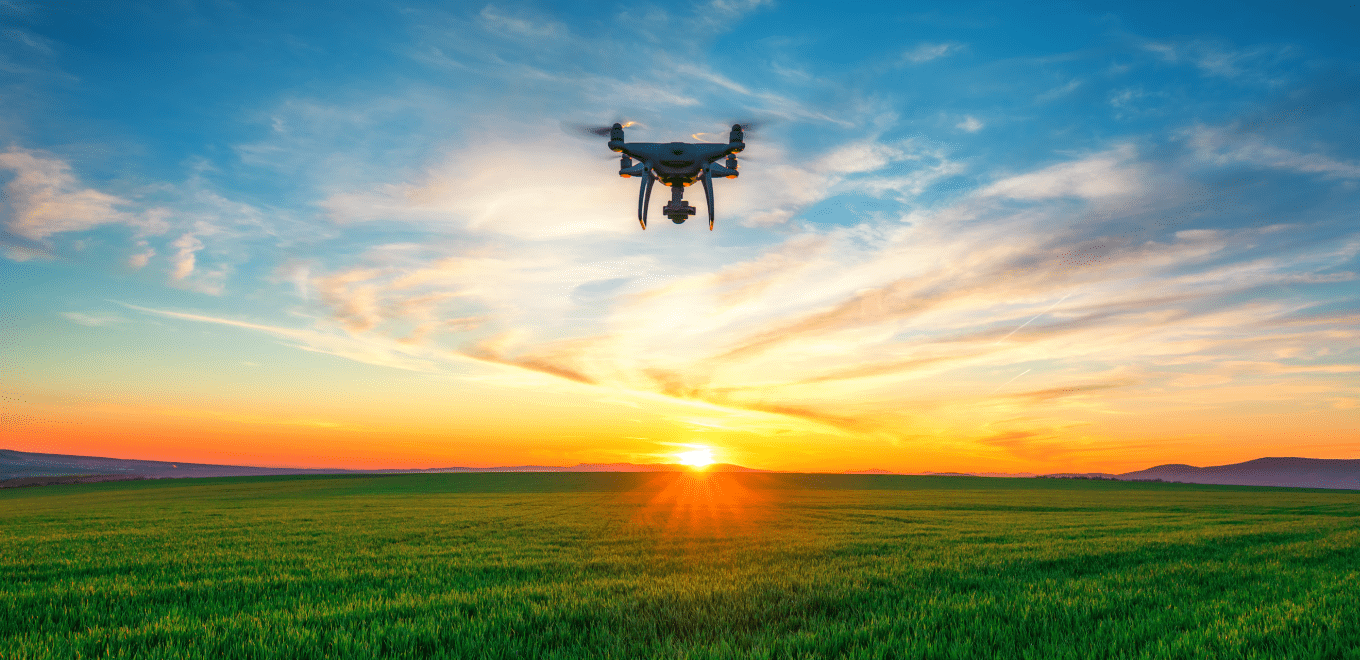
The world’s first unmanned aircraft referred to as a drone was a fixed-wing type, but today’s mainstream models are rotary-wing aircraft, similar to helicopters, equipped with rotor blades.
An aircraft equipped with three or more rotors are collectively called multicopter, but with four, five and six rotors are respectively called quadcopter, hexacopter, and octocopters. Currently, multicopter drones are the most common type of drone.
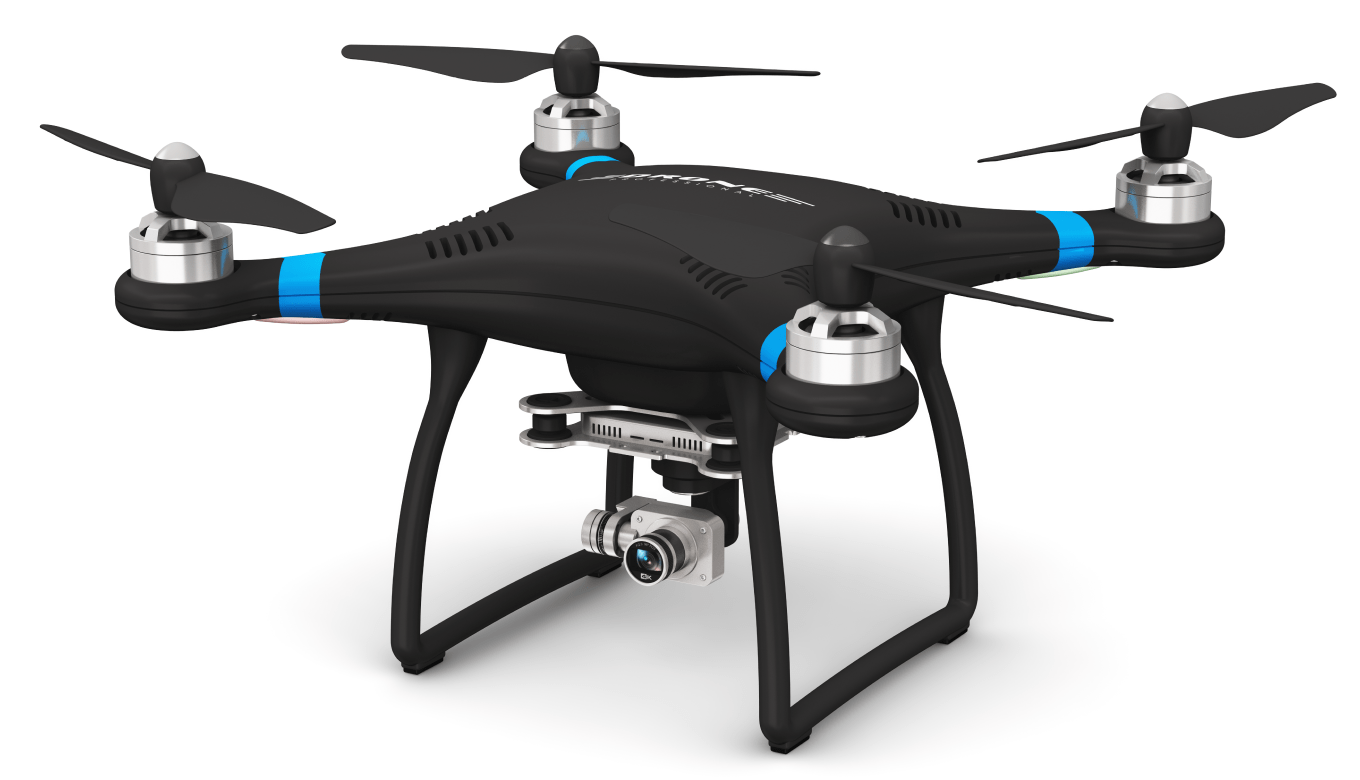
The growth of drones
Drones have evolved significantly since the 1980s, when universities and research institutions began developing electric quadcopters. Early models used wired power supplies due to low battery capacity and the lack of compact, high-power motors.
By 1987, a Japanese company launched the world’s first industrial radio-controlled helicopter, classified as a drone. In the late 2000s, technological advancements, including gyroscopes, accelerometers, and lithium-ion batteries, became widely available due to their use in smartphones, lowering production costs and accelerating the development of drones.
These innovations, along with lighter quadcopters, made drones more accessible for both consumers and industry. Drones equipped with gimbal cameras contributed to cost reductions by eliminating the need for cranes and other heavy equipment in high-altitude shooting, and they began to be widely used in aerial photography and media applications.
The widespread use of camera-equipped drones has also made it possible to remotely check places that are not easily accessible, including but not limited to dams, mountains, bridges, chimneys, construction sites, and building roofs. Such industrial drones greatly improve operational efficiency. Other uses for drones include remote inspections, surveillance, surveys, and commemorative photography such as weddings.

The use of drones in agriculture is expanding, enabling tasks such as pesticide spraying, crop monitoring, and yield prediction with the help of thermal cameras and sensors. This has improved efficiency and crop quality. Most industrial and agricultural drones utilize multicopters with six or eight rotors for stability and reliability.
Drones are also being increasingly used in entertainment, such as drone racing, where participants remotely control drones to navigate courses while experiencing real-time footage from onboard cameras as the drones fly at high speeds.
Progress Challenges for Drone Technology
One key challenge in drone technology is limited flight time, primarily due to battery capacity. This leads us to examine what drone batteries are and how they impact flight performance. The development of lighter frames and more efficient batteries is essential to address this challenge, but the trade-off between power and weight continues to limit innovation in this space.
What is a Battery for Drone ?
Batteries for drone, often lithium-ion or lithium polymer, are designed to provide the power necessary for extended flight durations. Lithium polymer batteries, which use a polymer electrolyte, are lightweight and were originally widely used in radio-controlled airplanes due to their weight advantage. These batteries are known for their energy density and lightweight design, making them ideal for drone applications. However, balancing performance with safety features such as secondary protection fuses is critical to prevent accidents, such as overcharging or combustion.
How Long Do Drone Batteries Last?
Battery life for drone varies significantly across models. Consumer drones typically fly for 10-30 minutes per charge. Flight time depends on factors like: 「Battery capacity」 「Drone weight」 「Weather conditions」 「Payload」 High-end industrial drones often carry more equipment, requiring powerful batteries for comparable flight durations. While larger batteries increase flight time, the added weight can offset gains in airtime. Key factors affecting drone battery life: 「Model type (consumer vs. industrial)」 「Battery technology」 「Environmental factors」 「Payload weight」
How Higher Battery Voltage Extends Drone Flight Time
To address this, optimizing battery voltage rather than simply increasing capacity can significantly improve flight time. However, merely increasing battery capacity does not indefinitely extend flight time, as the weight of the battery itself increases correspondingly. Therefore, to further extend flight time, it is necessary to reduce the weight of the airframe and improve the performance of the battery. Next-generation batteries, expected to be introduced between the late 2020s and early 2030s, are projected to achieve a charge/discharge cycle of over 1,000 cycles and an energy density of approximately 400 Wh/kg. Lithium-ion batteries that achieve high voltages of several tens of volts by connecting more than 10 cells in a single battery pack have recently been developed. When using such high-power batteries in drones, it is important to implement safety measures to prevent accidents.
What is the Longest Lasting Battery for drone?
The longest-lasting batteries for drone are those that maximize energy density while minimizing weight. High-voltage lithium-ion batteries, which utilize more than ten cells in a single pack, are increasingly being used in advanced drones. These next-generation batteries are designed to enhance flight time without sacrificing performance or safety, making them the preferred option for drones requiring extended operation times.
How to Make a Drone with a Long Battery Life
To increase drone battery life, engineers must focus on optimizing both the battery and the drone’s design. Reducing the overall weight of the drone, improving battery energy density, and incorporating advanced power management systems are all necessary steps. Additionally, implementing efficient cooling systems to manage heat generated during flight can significantly enhance battery performance and longevity.
Last-mile delivery drones
As part of the expanding industrial applications of drones, last-mile delivery services are gaining attention. With advancements in battery technology and flight efficiency, drones are increasingly being adopted by major e-commerce companies to transport goods in the final stage of delivery.
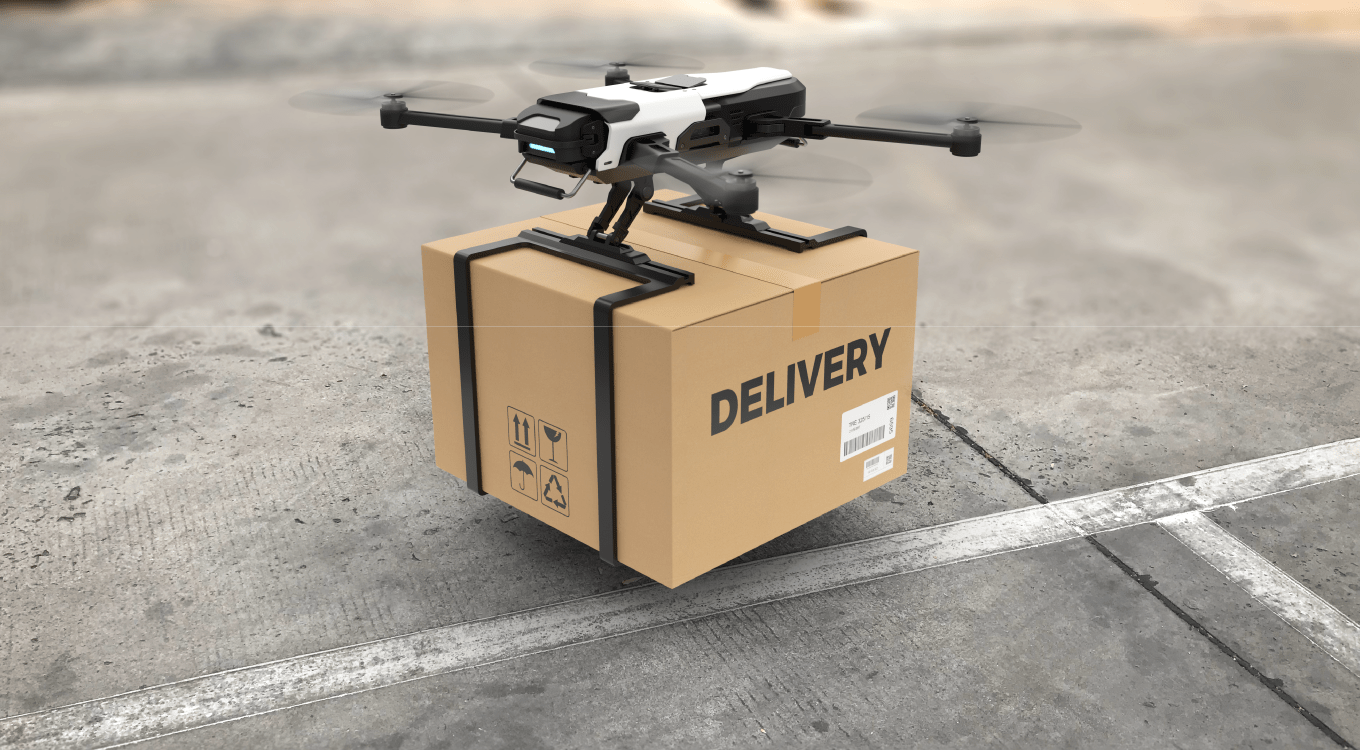
This is especially important in regions where access to goods is difficult, and drone deliveries could alleviate challenges such as driver shortages and traffic congestion.
Improved safety features are crucial to overcoming these obstacles and enabling wider adoption. To ensure the safe use of drones, it is necessary to address issues such as crashes, privacy concerns, and compliance with aviation regulations.
The growing demand for drones in commercial deliveries underscores the need for effective safety measures, such as high-voltage secondary protection fuses. These fuses help prevent accidents and contribute to the overall reliability of next-generation drones.
Key Challenges of Batteries for drone: Safety, Performance, and Longevity
Small consumer drones generally use rechargeable lithium-ion or lithium polymer batteries. Even when operating within normal temperature ranges, lithium-ion batteries can experience exothermic reactions, causing a rapid increase in temperature, potentially leading to smoking or even fire. If dropped or subjected to shock, the cell may be deformed and trigger an internal short circuit, which can lead to combustion. In the case of a multi-battery charger (one that allows the user to change the settings), it should be noted that a misbalance of cells or an incorrect charge-setting voltage can trigger an overcharge. For this reason, commercially available lithium-ion batteries must be designed with protective circuits and other safety features.
Higher battery voltages for longer flight times
Furthermore, for Drone to become more widely used for various applications other than aerial photography in the future, the short flight time of around 30 to 40 minutes is a major issue. This is mainly due to the limited battery capacity. Drone batteries are required to maintain the essential output characteristics to continue stable flight from the start of the flight to landing. Therefore, future Drone batteries are required to improve their energy density while maintaining these output characteristics.
However, simply increasing the battery capacity also increases the weight of the battery itself, so flight time does not increase beyond a certain point. Therefore, to further extend flight time, it is necessary to reduce the weight of the aircraft and improve the characteristics of the battery itself.
Against this background, many manufacturers are working to increase the charging voltage of Lithium-ion battery and reduce their internal resistance. Since an increase in the amount of energy per battery weight directly translates into an increase in Drone flight time, there is a demand for higher cell capacity, reduced mass, improved density, and improved maximum output density. Other issues include being able to use the batteries safely in a variety of temperature environments, including low and high temperatures, and extending their lifespan.
Current development goals for next-generation batteries are said to include a charge/discharge capability of more than 1,000 cycles and an energy density of 400Wh/kg, to be reached in the late 2020s or 2030s.
Improvements in battery performance will greatly extend Drone flight times. For example, if a current Drone has a flight time of 30 minutes with 250Wh/kg, then with the same battery size, a 400Wh/kg battery would allow 48 minutes, a 500Wh/kg battery would allow 60 minutes, and a 1,000Wh/kg battery would allow 120 minutes. In the case of delivery Drone, it is said that if Drone can fly for more than 60 minutes, they will be able to cover the entire current delivery area without the need to increase the number of charging stations. (Assuming a payload of 2kg within Japan)
In recent years, Lithium-ion battery have been developed that achieve high voltages of several tens of volts by connecting 10 or more cells in a single battery pack, and their use in Drone is beginning to be considered. When using such high-output batteries in Drone, safety measures to prevent accidents are important.
The Self-Control Protector (SCP) developed by Dexerials is an element that safely shuts off the circuit in the unlikely event of a problem with Lithium-ion battery, such as overcharging. on SCP.
The Importance of High-Voltage Secondary Protection Fuses in Next-Generation Drones
Dexerials’ Self Control Protector (SCP) is a secondary protection fuse designed to safely shut off the circuit in the event of overcharge or overcurrent in a lithium-ion battery.(refer to this article for more information about SCPs). SCP ensures safety by cutting off the circuit when the battery is unstable and when the primary protection is not functioning properly. The role of the SCP is to immediately stop the operation of an unstable battery and safely disconnect it from the circuit.
A fuse is a protective component widely used in electrical devices. It cuts off a circuit by melting the fuse element with Joule heat in an overcurrent. However, in the case of Li-ion batteries, it is necessary to account for not only overcurrent, but overcharge. Since its launch in 1994, Dexerials’ SCP has been recognized as a standard component of secondary protection fuses for Li-ion batteries, with over 2.5 billion pieces shipped as of March 2022.
Since the electrolytes in Li-ion batteries consist of flammable organic solvent, it can lead to fire and/or explosion hazards if overcharged. Therefore, secondary protection is built into lithium-ion batteries to ensure such accidents do no occur.
When dealing with drones, shutting off the power supply to prevent over-discharge during flight could cause them to crash. Therefore, a highly robust lithium-ion battery is more suitable for drones although they are more susceptible of short-circuiting due to external shocks. To obtain the necessary performance, the cells must be connected to each other to a certain extent while preventing short circuits and to avoid accidents due to overcharging. As described in this article, safety measures can be taken by separating the charging circuit from the discharging circuit and installing a fuse only in the charging circuit. Hence, there is no need to worry about the drone crashing when the power supply stops.
As drones become more sophisticated it is certain that their battery voltages will increase. This article explains how to build a protection circuit using SCPs in high-voltage equipment. Dexerials can assist in ensuring the safety of lithium-ion batteries with its expertise as high-current and high-voltage lithium-ion batteries are increasingly being used in drones.
Secondary protection element technology for higher voltage lithium-ion batteries
Related articles
- SHARE

We provide materials regarding our products and manufacturing technologies.
Feel free to download it for free.
Download Materials
We provide materials regarding our products and manufacturing technologies.
Feel free to download it for free.
Download Materials


